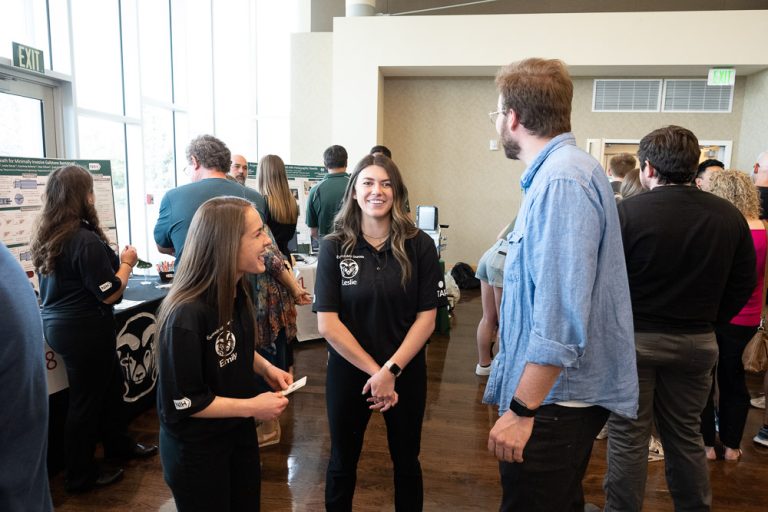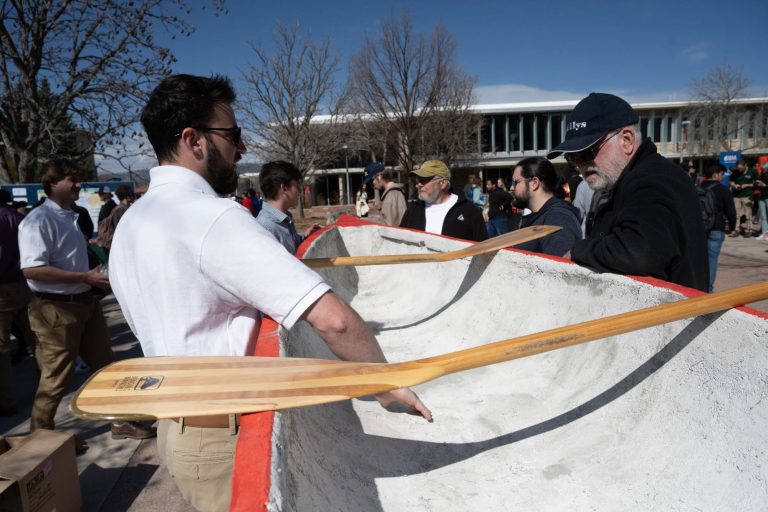Projects

Blue Horizon Engineering: FNL Airport Terminal Design
Project ID: 19
Students:
Nick Doherty, Zaire Valenzuela, Alec Lenz, Jordan Read, Kevin Witcher, Manuel CamachoDetails and presentations

Cam Crossing: CSU Campus CPTED Design
Project ID: 8
Students:
Aaron Powers, Ashley Schuler, Mohammed Alharbi, Karina Gonzalez, Jennifer ValenciaDetails and presentations

Crossroads Engineering: CSU Intersection Innovations Project
Project ID: 7
Students:
Abdullah Alkhaldi, Caroline McConnell, Marin Lindvall, Rosa Henson, Shannon Zurn, Tanguy SteiblenDetails and presentations

Elevated Engineering: FNL Airport Terminal Design
Project ID: 18
Students:
Danielle Lewis, Anissa McCabe, Garrett Risdon, Mariam Alzamel, Sarah Dhuyvetter, Patrick SwallowDetails and presentations

Flow Tech Solutions: Alta Vista Stormwater Project
Project ID: 1
Students:
Humood Aljotaili, Evan Jones, Jillian Lukez, Joana Saenz Quiroz, Troy Thorson, Sam VaughanDetails and presentations

Forest Solutions Engineering: USFS Trailhead and Trail Rerout Design
Project ID: 17
Students:
Christopher Mullen, Aidan Pence, Steven Abel, Tess Gardner, Hayden Imes, Clark WenerDetails and presentations

Horsepower Hydraulic Designs: Horsepower Hydraulic Designs: Irrigation District Design of Meadow Springs Ranch
Project ID: 11
Students:
Emma Boyle, JD Miller, Abbey Morris, Dylan Stahl, Meshal QatafahDetails and presentations

HydroLogic Engineering: Terry Lake Spillway, Seepage, Slope Stability, and Bank Stability Design
Project ID: 6
Students:
Bridget Ediger, Luke Feuerborn, Jonathan Maciarello, Michael McMahan, Austria Pfanner, Ben ThompsonDetails and presentations

Millennium Solutions: Solitude Tailings Facility Design
Project ID: 2
Students:
Celie Brockett, Holly Ho, Patrick O'Kane, Liam Elder, Kiri ForsterDetails and presentations

Natural Infiltration Initiative: Mistequa Wastewater Treatment Facility Expansion
Project ID: 13
Students:
Sarah Dann, Nate Fraser Emma Mowry, Diana Morales, Jach Morrow, Wesley ThompsonDetails and presentations

Pathfinders Engineering: Greyrock Tail and Trailhead Design
Project ID: 16
Students:
Dietrich Bolhmann, Sydney Hornbuckle, Daniella Nietzen, Tyler Chaffin, Katie Lennie, Alec ShieldsDetails and presentations

Poudre Canyon Deluge Defenders: Larimer County Emergency Response Planning
Project ID: 12
Students:
Benjamin Bowden, Derek Campbell, Isaac Bullock, Jameson Westhead, Musaed AlmethenDetails and presentations

Ram Solutions: Richardson Design Center Building Design
Project ID: 9
Students:
Clason Piers, Paul Barker, Audrey Witaschek, Joey Prendergast, Ben Horwith, Vince DanaDetails and presentations

RamTerra Consultants: Windfarm Design
Project ID: 5
Students:
Matthew Schonebaum, Juan Saucedo, Alexis Diaz Echeverria, Owen Albright, Thomas Willems, Miguel RicoDetails and presentations

Rocky Mountain Water Consultants: Grand River Ditch Design
Project ID: 14
Students:
Cameron Turnbow, Ethan Peterson, Elliot White, Evan GearyDetails and presentations

Solarscape Engineering: Solar Facility Design
Project ID: 4
Students:
Abyar Alzalzala, Fahad Al-Kiymui, Carter Caines, Andrick Diatilo, Gina Rehm, Nathan RomanDetails and presentations

South Fork Aquatic Engineering
Project ID: 20
Students:
Will Undy, Charlotte George, Evan Storick, Laiken O'Rourke, Alex Scott, Keely McDanielDetails and presentations

Sustainable Solutions Cookstoves: DME/LPG Cookstove Design
Project ID: 15
Students:
Kay Willock, Cavin Alderfer, Mohsen Alherz, Macayla Scheidt, Devin, Walsh, Jordan BlakeDetails and presentations

TerraNova Engineering Company: PFAS Remediation Design
Project ID: 3
Students:
Katie Willard, Katie Drosihn, Fatma Alwahiabi, Emma Beitel, Shooq Alfaraj, Kaemyn KlimackDetails and presentations

Unearth Engineering: Soldier Creek Trail Design
Project ID: 10


